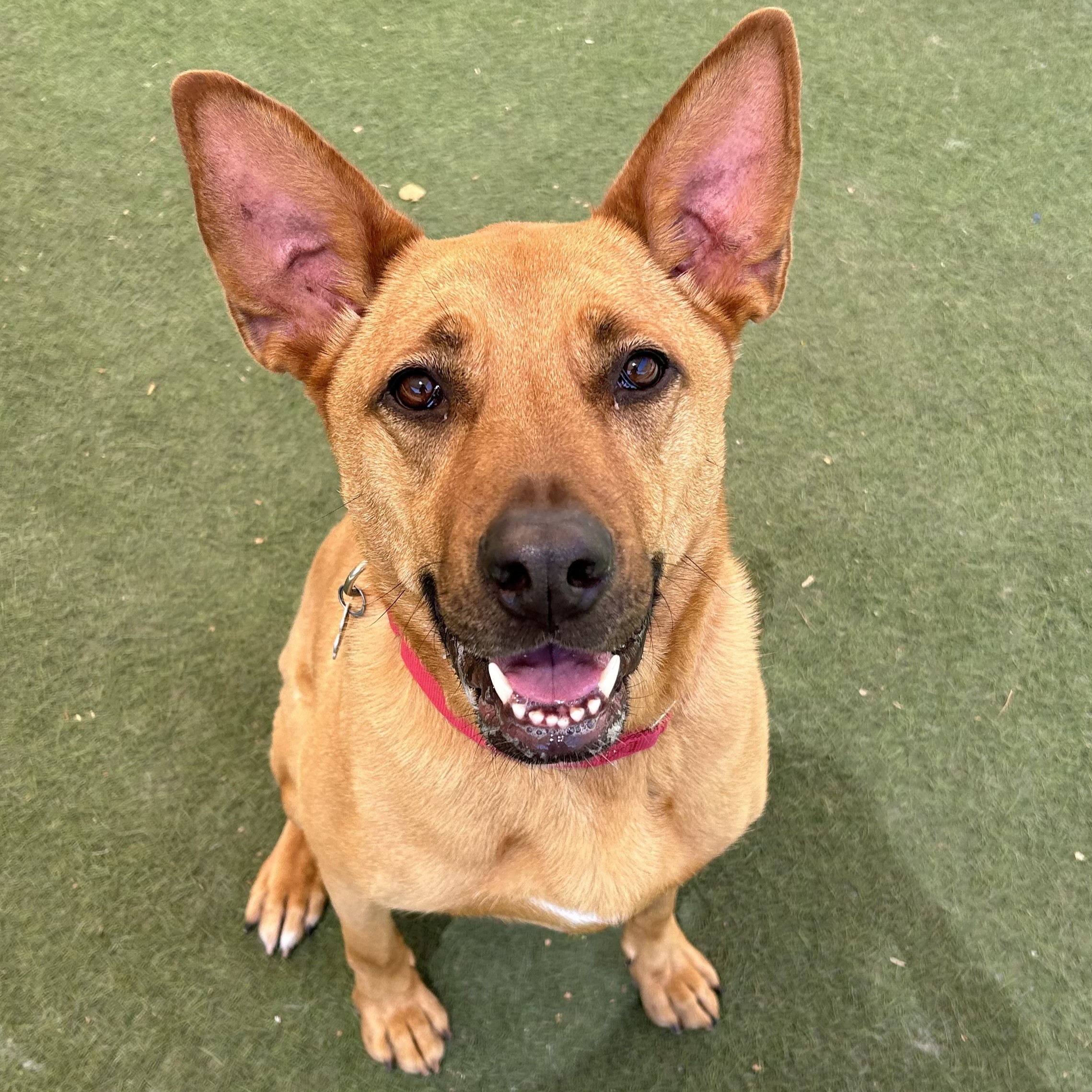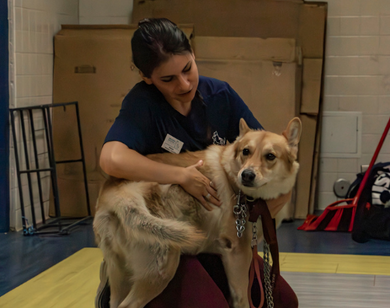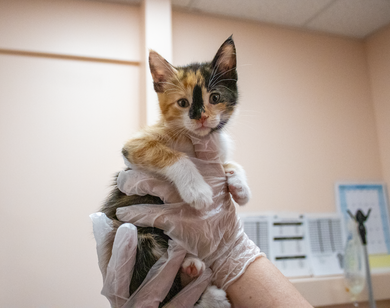Introducing a new family member can be an overwhelming experience for all involved. That’s why we’re here to help you through this new chapter in your life and make this transition as easy as possible. We would be thrilled for all our pets to have the best experience from the get-go when meeting a child, but we know sometimes it’s best to take it one step at a time. Baby steps if you will.
While cats and dogs have many differences, a great rule of thumb for both is to take it slow when introducing kids. It’s important to respect your pet’s space and let them decide the pace they want to go at, meeting new people can be scary.
Here are some great tips for introducing your new dog or cat to children at home
- Have children sit on the floor for the initial encounter and engage in activities such as reading books, coloring, etc. Allow the dog or cat to walk around and engage with the children at their own comfort level.
- Give each child a few treats like Temptations for cats or Milk-Bones for dogs.
- When the cat approaches, your child should reach out, let the cat smell their hand, and see if the cat accepts some pets.
- For dogs, a fun game of fetch or toss the treat while your child continues to sit is a great way to help them get used to each other.
- Your new pet should have a safe zone that is off limits to kids and other pets when they are not in the mood to interact. For a dog think a crate and for a cat think a cat bed or high places.Remind the kids at home that cats can be very sensitive to loud noises and sudden movements, so a quiet and calm environment is best to encourage your new cat to come up and engage with them.
- Make sure kids and other pets cannot disturb the cat when using the litterbox. A cat that gets interrupted when using the litter box may stop using it all together.
- A similar notion goes for dogs, kids should not be allowed to bother them while they’re eating or take dog toys from them.
- When petting a dog, help teach kids to pet the dog’s side or back and to practice a “pet, pet, pause” movement while keeping their hand within reach of the dog. If your dog pushes himself back into their hand, they want more pets. If they stay still or walk away, they’re all done.
Overall, supervision and patience are key for both furry friends integrating into their new family. Please keep in mind, while your pet is new to your home, absolutely everything in your home is new to them. It can be an overwhelming experience but with love, time, and patience they’ll melt right into the whole family’s heart. Plus, when you adopt from AAWL, our team is available to support you for the lifetime of your pet, so even years after adoption you can reach out with any questions you may have! Learn more about our Post-Adoption Support here.






